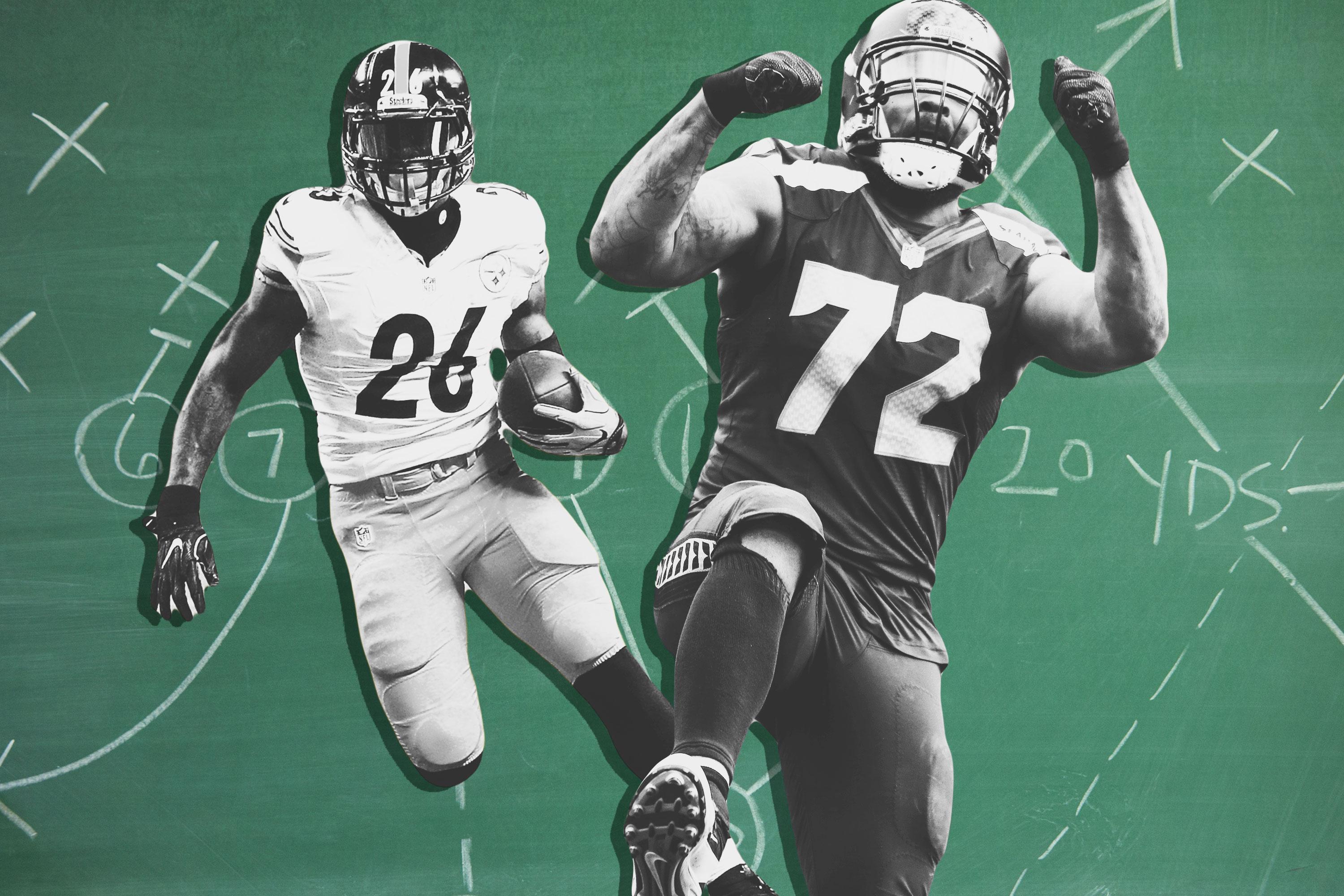
Positional distinctions are disappearing. Rushing yards are losing meaning. And offensive and defensive schemes are shifting from game to game — if not drive to drive. The most popular sport in America is changing faster than it ever has before — yet the way we talk about the game has largely stayed the same. It’s time for the conversation to catch up to the shifting concepts redefining front offices and gameplay nationwide. So welcome to The Ringer’s You Don’t Know Football Week, where we’ll explore and attempt to better understand the evolutions already occurring on the gridiron — and the reboots we’d like to see make their way to the game next.
When collegiate football first began its rise in popularity in the late 19th century, it was barely more than a twist on rugby with end zones, a line of scrimmage, and 11 players to a side, but little else resembling the game we know today. Even in 1920, when the NFL was founded, something as basic as a forward pass required the player throwing the ball to be 5 yards behind the line of scrimmage. The strategies, schemes, styles, rules, scoring, and uniforms have all changed in the nine decades since the league’s earliest days. Almost everything is different — except the names of most of the positions.
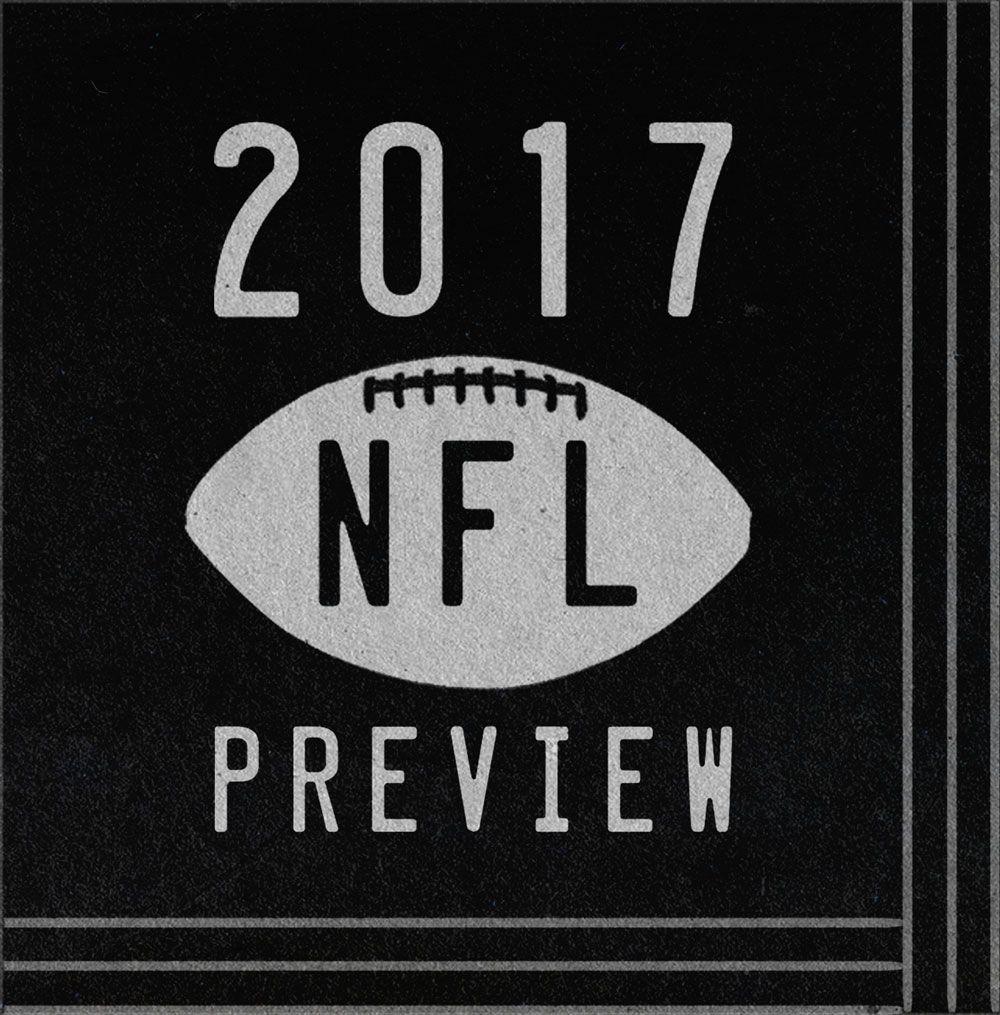
The fullback, halfback, and quarterback designations all trace back to American football’s progenitor, where each position specified where a player lined up behind the scrum. (We could have had a position in football called the five-eighths-back, too, but for some reason that one didn’t stick.) Those positions were adopted into early forms of the sport — and the single-wing offense utilized all three while adding a wingback, a position that was later integral to Wing-T offenses. But in the game today, none of those names make any sense. Fullbacks almost always line up in front of halfbacks, and with the proliferation of shotgun formations — teams lined up that way 63 percent of the time last year — these “quarter-backs” are, technically, more often fullbacks.
The term “tailback” doesn’t really work anymore either — he’s no longer lining up at the tail end of the formation the majority of the time, and since there’s rarely a designated blocker in the backfield these days, who is the tailback supposed to be tailing? “Running back” is a little bit better, but considering quarterbacks, receivers, and tight ends also run with the ball, it’s a little too vague. Really, it’d be nice to just ditch the “back” in naming conventions altogether: Between quarterbacks, running backs, wingbacks, H-backs, tailbacks, fullbacks, linebackers, defensive backs, cornerbacks, nickelbacks, dimebacks — it seems like almost everybody on the field is a back of some kind.
Most of the other position group names are just as misleading. Many outside linebackers play up on the line of scrimmage (as opposed to backing up the line), wide receivers no longer only play out wide, and tight ends line up tight, on the end, less often than ever. Offensive tackles are not allowed to tackle and “defensive tackle” should be just a stat, not a position. And while we’re on the subject of names, it doesn’t make sense that the sport is called “football” in the first place.
With the continued evolution of the sport and the proliferation of spread systems, classic football positions at best are useless, and at worst warp our understanding and perception of the game. New de facto positions have emerged, and many of the old positions have become hybridized — think slot receivers, nickel corners, safety-linebackers, versatile pass rushers that play both inside and outside, dynamic tight ends that line up everywhere in the formation and run routes just as well as receivers, and running backs that do it all. It’s time to change the established nomenclature.
Borrowing from a few commonly used coaching terms, other sports or games, the animal kingdom, and whatever random thing I could think of, here’s a reimagining of the modern NFL position group lexicon.
Quarterback → Shot Caller
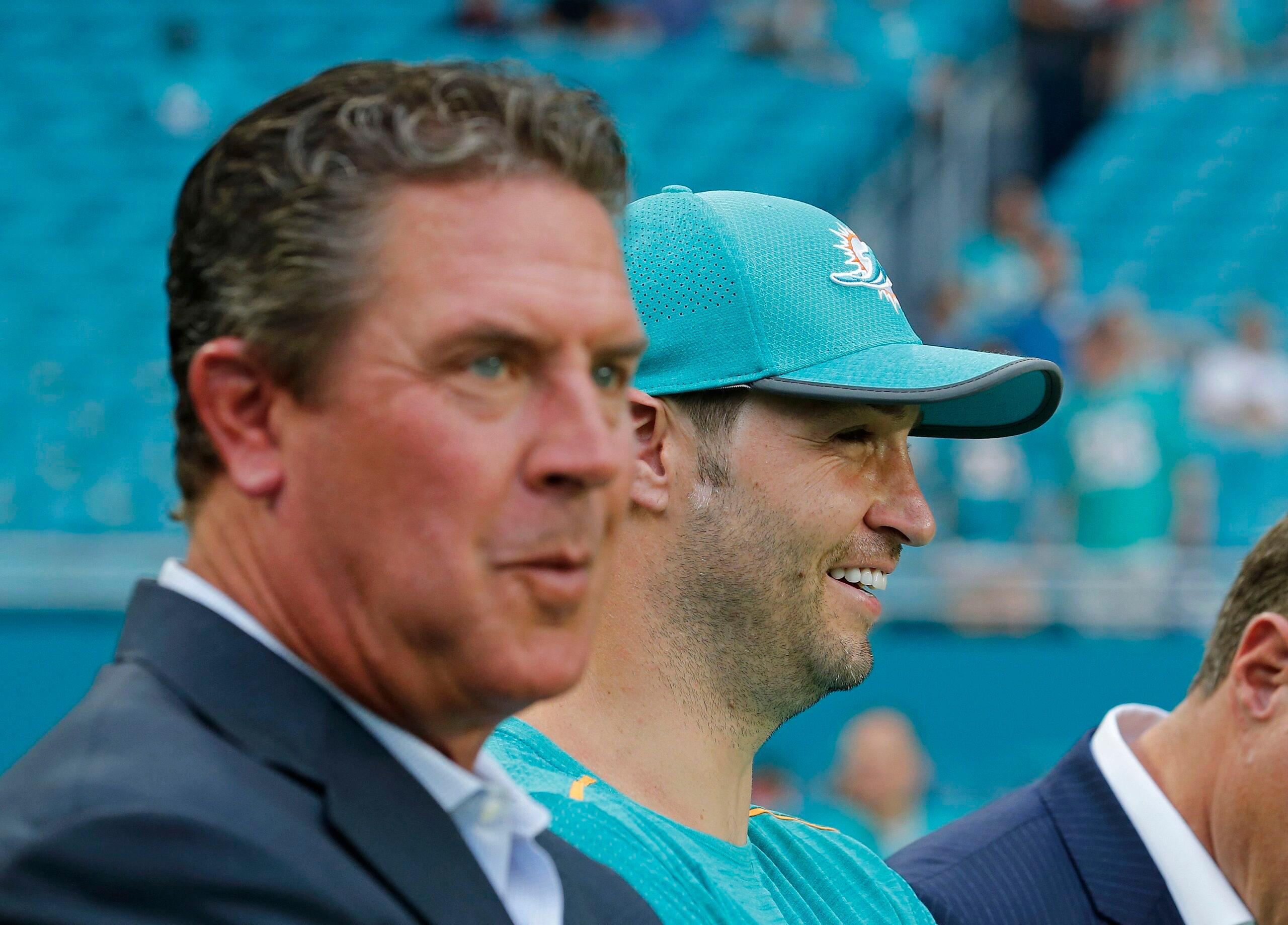
I’ve always been partial to the “signal-caller” moniker for quarterbacks. It conveys the responsibility the position carries — the offense runs through its field general, the guy that everyone looks to for leadership — but “shot caller” just has a little more … gravitas. The colloquial understanding of a shot caller might vary whether you’re talking about Lil’ Troy, Schmidt from New Girl, League of Legends, or Jaime Lannister’s new movie — but basically, a shot caller is the boss, the top dog, the head baller, the guy that’s, well, calling all the shots. And sure, coaches might be the actual shot callers in football, but quarterbacks usually take a few plays into the huddle, and then it’s up to them to get to the line of scrimmage, read the defense, and decide which one is going to work. From there, he’ll (shot) call his audible, take the snap, drop back, go through progressions, and let ’er rip.
Wide Receiver → Winger
Look, if we drop the “wide,” “receiver” is not terrible. But as long as we’re doing this, let’s borrow a term from hockey. The traditional X and Z receiver designations, also known as “split end” and “flanker,” are fine for coaches looking to draw up plays, but for everyone else, they’re kind of meaningless. Most receivers line up all over the field these days, moving from the X spot (on the line of scrimmage, out wide) one play to the Z position (off the line of scrimmage, often going into motion) the next. In either case, these players are detached from the formation — and it’s their job to stress defenses out wide and down the wings, whether it’s on a quick pass to the sideline or deep downfield.
Slot Receiver → Splitter
Plenty of outside receivers also take snaps in the slot, but the inverse isn’t always true. Whether it’s because of size or speed limitations or because a certain player is at his best over the middle of the field, there is a subset of pass catchers that operate almost exclusively in the slot. That’s why it makes sense to differentiate them from wingers. Instead of borrowing from hockey, I went with a baseball term.
Splitter works because slot receivers not only split the difference between the heart of the formation and the receivers on the outside, but they’re often asked to split the defenders in front of them, running straight down the seam or settling into an open zone underneath. I also like how slot receivers evoke the image of a split-finger fastball, which looks like a fastball at first but drops off the table at the last second. These slot receivers may look like they’re going to go straight and fast upfield (and defenders must respect that as they drop back into coverage), but they’ll often sink their hips and run a route in the short or intermediate area.
Running Back → Trucker
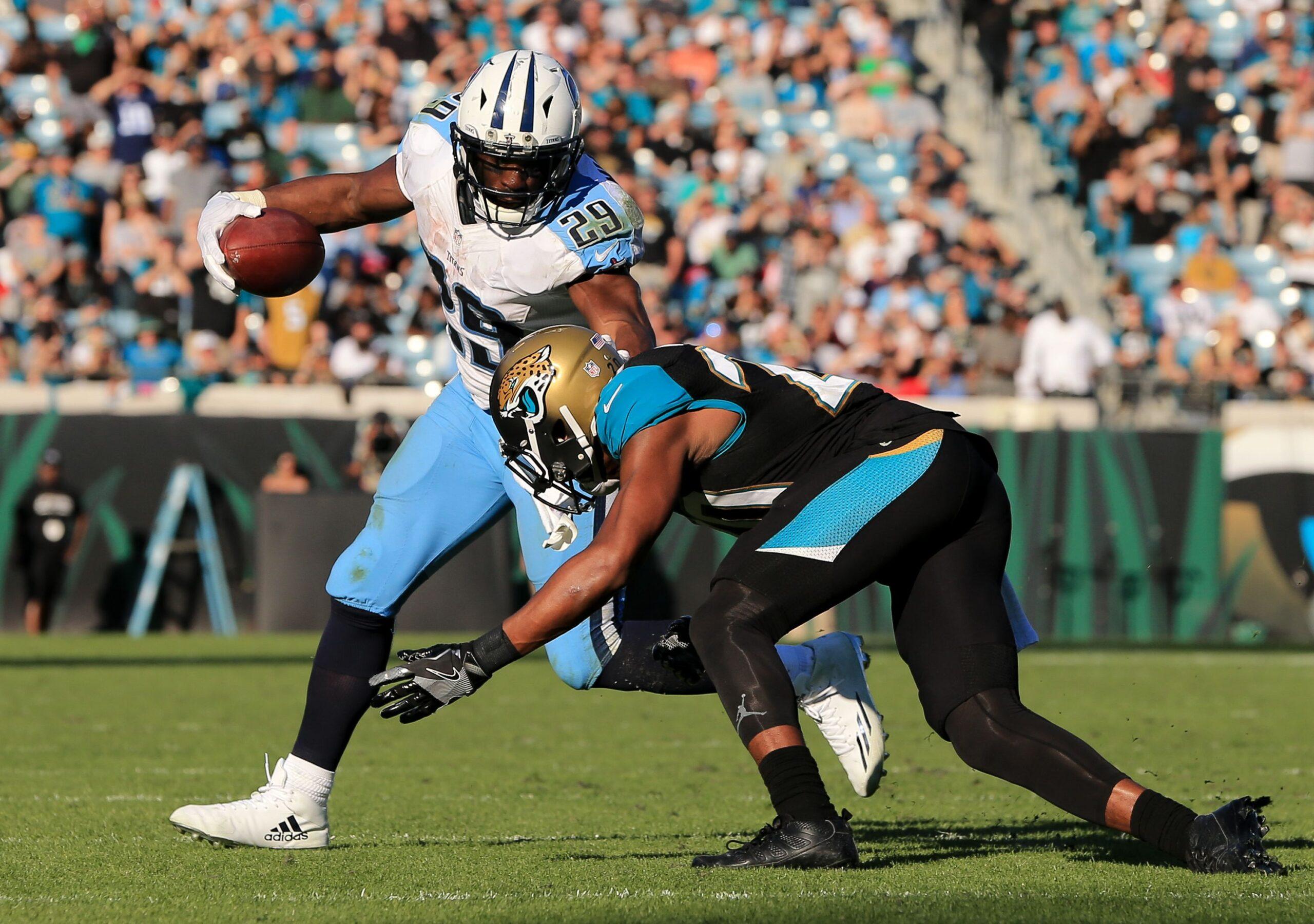
Madden first introduced the ability to manipulate a ballcarrier’s shoulder pads and lean forward in the 2006 version of the game, and if you hit the right stick on your controller as you were approaching a defender, the virtual ballcarrier would get a little burst and lower leverage to truck through a tackle. The “truck-stick” expression was born, and a thousand highlight reels followed. I went with “trucker” for this position group mainly because I love the etymology of that little bit of slang. But in a more practical sense, running backs do resemble trucks in that their most basic function is to carry things over and through difficult, obstacle-laden terrain and deliver their payload to an appropriate destination, like, I guess, a warehouse or the end zone.
Fullback → Dozer
For continuity, I’m sticking with the truck imagery here. The main purpose of a fullback is to clear a path for the ballcarrier by razing everything in front of them. This is what bulldozers do. Dozer is a shortened version of bulldozer. Done.
Running Back/Receiver Hybrid → Rook
Football is often compared to chess, a game that requires a complex strategy before a player begins moving his or her pieces around the board. On the gridiron, it’s similar: Coaches deploy their players in different positions and utilize varied formations to identify and exploit weaknesses or create schematic mismatches and advantages. One of the most effective “chess pieces” at their disposal is a hybrid receiver/running back like Randall Cobb, Tyreek Hill, Le’Veon Bell, or potentially Christian McCaffrey. These versatile playmakers can run the ball or catch it downfield, allowing coaches to line them up anywhere. And they’re perfect for plays that keep defenses honest, like end arounds or jet sweeps, both of which mimic the sideways and vertical movements that the rook can make around a chess board.
Third-Down Back → Bishop
There are a few common names for these guys: change-of-pace backs, “space” backs, pass-catching backs, etc. Generally, these guys are smaller and quicker, and they are more often used in the passing game than their every-down brethren. Think Darren Sproles, Danny Woodhead, and Theo Riddick. These backs often imitate the diagonal moves that bishops make in chess with angle routes over the middle or arrow routes toward the sideline.
Move Tight End → Joker
“Joker” is already a term that’s in use for the so-called “move” tight end — sometimes designated by a “U” or an “F” in playbooks. Hall of Fame tight end Kellen Winslow was the trailblazer for the position, as Don Coryell utilized him not as a blocker, but as a receiver that would flex out away from the formation and run right past slower-footed defenders. Dallas Clark, then later Jimmy Graham, Jermichael Finley, Delanie Walker, and Jordan Reed followed in his footsteps.
“Y” Tight End → Jack
As in lumberjack, because I picture Paul Bunyan when I think about the old-school template of an in-line tight end — big, tall, and slow. It also works well in conjunction with the joker tight end, because we can stick with the deck-of-cards taxonomy at the position (i.e., a quarterback can now have his jacks and jokers out on the field in two-tight-end sets). Coaches can keep the “Y” designation that this position has typically carried in playbooks, but for tight ends that are attached to the formation, line up next to offensive tackles, and are more known for their blocking prowess than their ability to get downfield and make big plays in the passing game, the “jack” just sounds better.
Offensive Lineman → Blocker
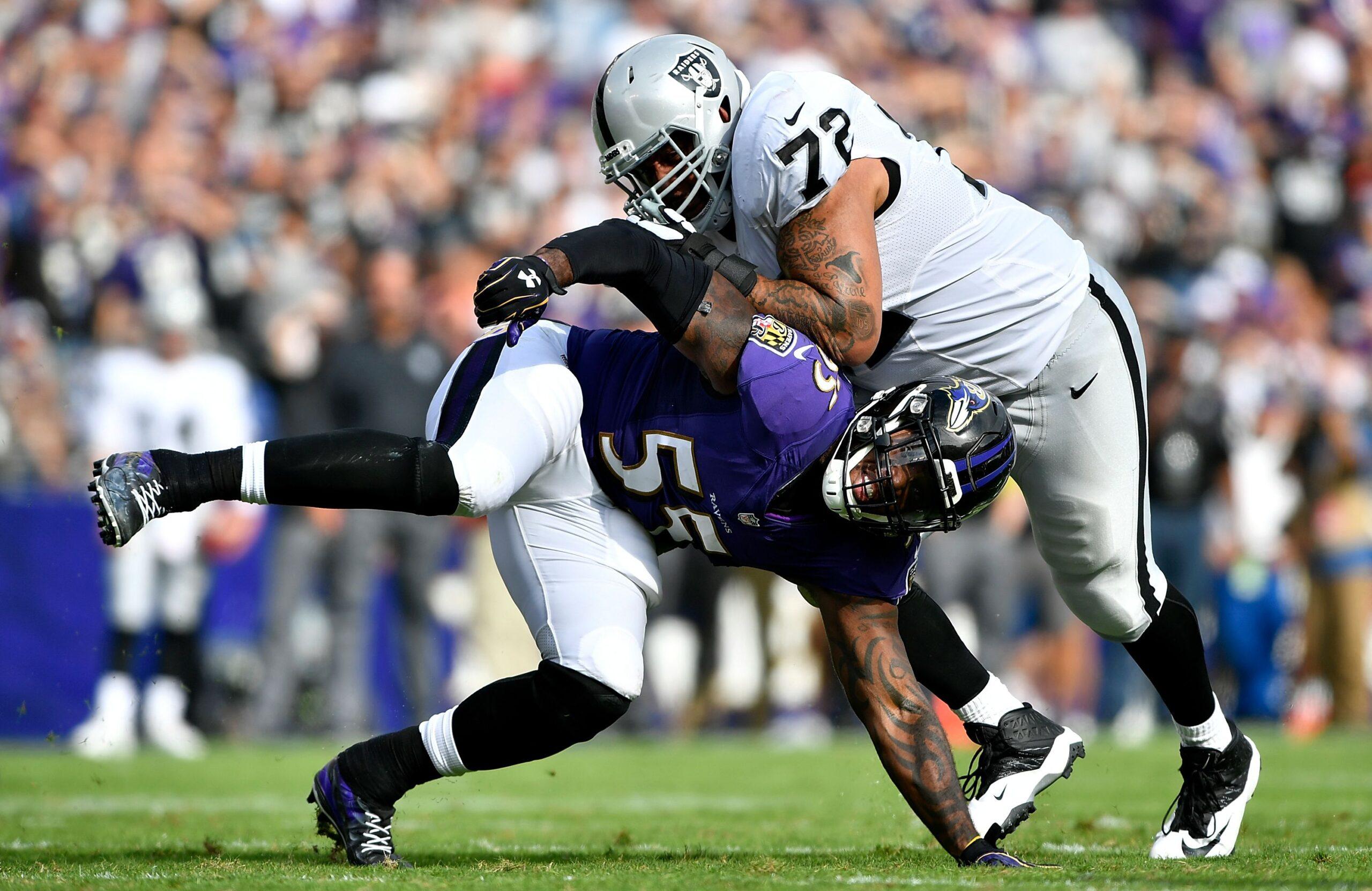
This one is easy: Offensive linemen block. They are blockers, both in the passing attack and in the run game. As for individual designations, we’ll just split them up by where they line up: A tackle becomes an edge blocker, a guard a core blocker, and a center a, well, center blocker.
Off-Ball Linebacker → Lurker
In established football parlance, a “lurk” defender’s role is to hang out in the shallow zones in the middle of the field, read the eyes of the passer, and jump into passing lanes. Safeties and defensive backs often play this role, but that short-middle area is the linebacker’s true domain — and that’s where they earn their new name. It also just seems fitting: Prior to just about every play, most defenses feature a pair of linebackers lurking menacingly behind the defensive line, doing their best to remind running backs or receivers that if anybody comes into their zone, they’re going to get hit.
Cornerback → Sentinel
A “sentinel” is, per Dictionary.com, “a soldier stationed as a guard to challenge all comers and prevent a surprise attack.” That sounds an awful lot like the job description of a cornerback: They’re typically deployed away from the main force — out on an island, if you will — and asked to challenge everyone coming into their area, while at the same time, they have to make sure they’re not beaten over the top by a “surprise attack” deep ball.
Strong Safety → Robber
A “robber,” in established coaching jargon, is similar to a “lurk” defender, as referenced above. This name change simply expands that specific scheme to represent the entire role of the modern strong safety, who plays both up in the box and back in the deep part of the field in coverage. That role is, at its most base essence, to rob opponents of the ball — whether it’s by forcing a running back to cough up the ball or by reading the offensive routes and jumping in front of a pass before it gets to its target.
Free Safety → Ranger
The free safety, particularly those responsible for large swaths of the deep middle of the field in one-high Cover 3 or Cover 1 schemes, must possess incredible instincts and plenty of speed. In other words, they need extraordinary range to cover all the throws that come downfield, and, well, that’s why the title works so well. If it evokes images of Chuck Norris or Aragorn, that’s cool, too.
Nickelback → Badger
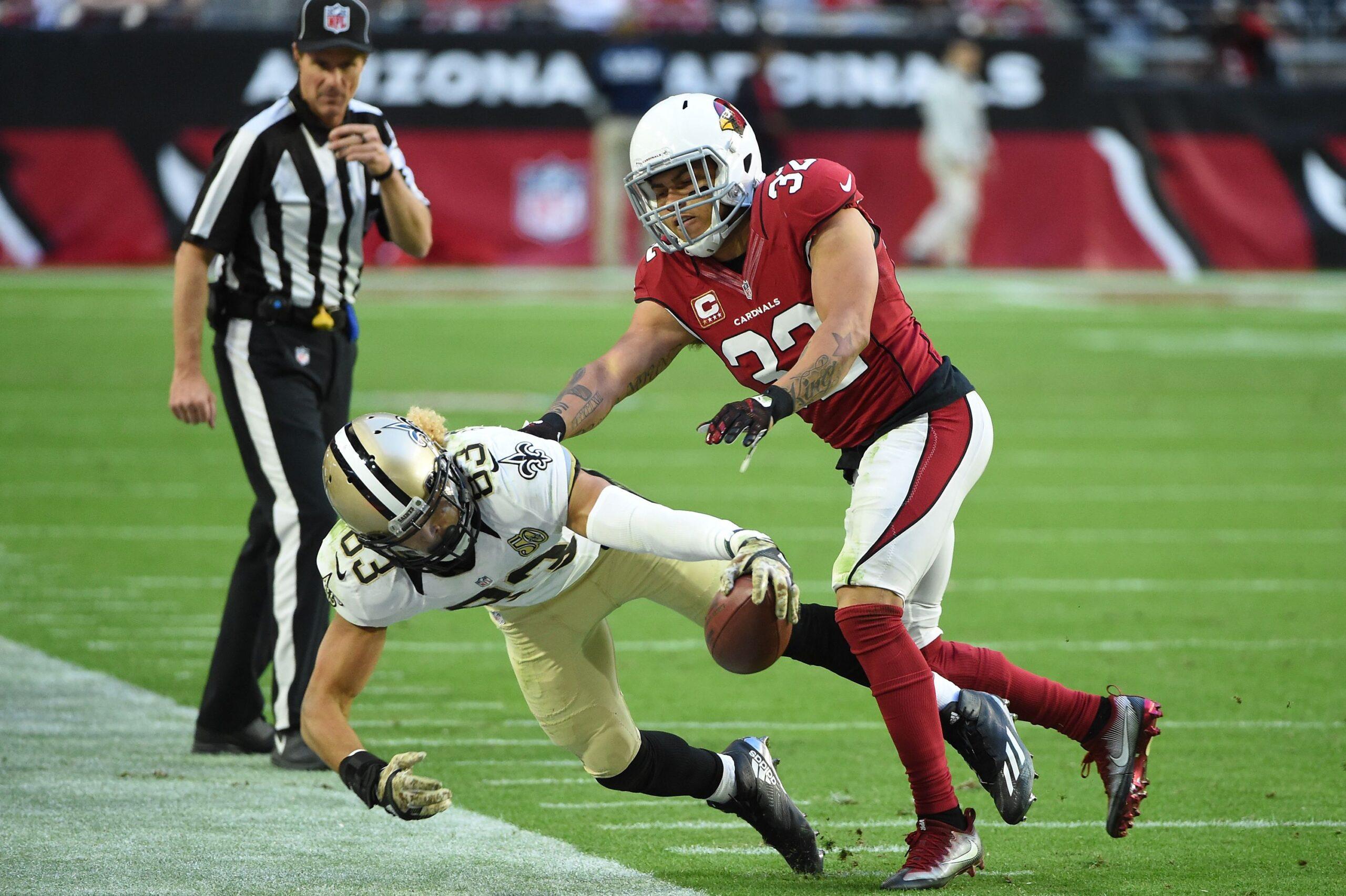
Yes, this is a shout-out to one of the current archetypes at the position: the honeybadger, Cardinals playmaker Tyrann Mathieu. The nickelback (so named as the fifth defensive back on the field) has developed into a now-distinct position in modern football, something between a cornerback and a safety, tasked with covering shifty slot receivers or athletic move tight ends up in the slot or over the middle of the field. The required skill set at the position differs from a traditional outside cornerback — nickel corners play closer to the middle of the field, which means they must be ferocious enough (like a badger, for instance) to mix it up in the run game and take on blocks from offensive linemen or fullbacks, yet shifty and agile enough (like a badger) to cover extremely quick pass catchers running two-way option routes in space.
This pays homage not only to the animal, but also works if you’re using it as the verb: synonyms of which include pester, harass, torment, and hound — i.e., exactly what this versatile defensive back needs to do to opposing pass catchers.
Hybrid Safety/Linebacker → Enforcer
The NFC West also features a throng of versatile safety/linebacker hybrid players, including Arizona’s Deone Bucannon, Los Angeles’s Mark Barron, and Seattle’s Kam Chancellor. The Rams list their 6-foot-2, 225-pound former safety as an inside linebacker, while the Cardinals list the 6-foot-1, 211-pound Bucannon as a “$LB” — or “moneybacker.” Meanwhile, the Seahawks list the 6-foot-3, 225-pound Chancellor — who often lines up next to Bobby Wagner and K.J. Wright as a de facto third linebacker in Seattle’s single-high looks — as a strong safety. None play in the same scheme, but designations aside, their roles as undersized midlevel players are all pretty similar: All three must bring enough power to take on blocks and tackle ballcarriers in the run game while, at the same time, possessing enough speed to blitz from any angle or run with tight ends and backs in coverage. To give a name to the evolving middle-of-the-field, midlevel safety/linebacker hybrid prototype, we’ll just borrow Chancellor’s chosen moniker, The Enforcer.
Pass-Rushing Outside Linebacker/Defensive End → Disruptor
It’s time to ditch any differentiation between outside linebackers that play on the line of scrimmage and defensive ends. Sure, the former often play standing up, and the latter rush from a three-point stance — and yeah, there’s some differences between guys that play on the strong side (typically bigger, stronger) and weak side (usually a little smaller, more explosive) spots. But in essence, whether we’re talking about Von Miller, Olivier Vernon, Vic Beasley, Khalil Mack, Joey Bosa, or Cliff Avril, these players are hell-bent on one thing: affecting the quarterback. Whether that means getting an opposing passer off his spot, forcing him from the pocket, hitting him as he throws, or sacking him before he can get the ball out, they want to disrupt what the offense is trying to do.
Interior Pass Rusher → Dragoon
First off, dragoon is close to dragon, and dragons are badass. In fact, the word is derived from the “dragon” pistol, a smaller version of the awesomely named blunderbuss. As a noun, a dragoon was a class of old-timey mounted infantry, a later version of chevaliers or knights. As a verb, its synonyms include pressure, press, push, force, harass, pester, browbeat, bludgeon, and bully. Those terms just about cover the job of most three-technique defensive tackles or five-technique defensive ends — guys like Michael Bennett, J.J. Watt, Calais Campbell, or Muhammad Wilkerson that can bring the heat from the edge or from the interior.
Defensive Tackle/Nose Tackle → Anchor
Defensive tackles on the interior line have two main jobs: (1) eat up blocks and keep linebackers and safeties behind them “clean,” and (2) stuff any semblance of a push the offensive line can generate. These guys should be immoveable objects in the middle of a defense — the mechanism that keeps the offense from moving downfield.

